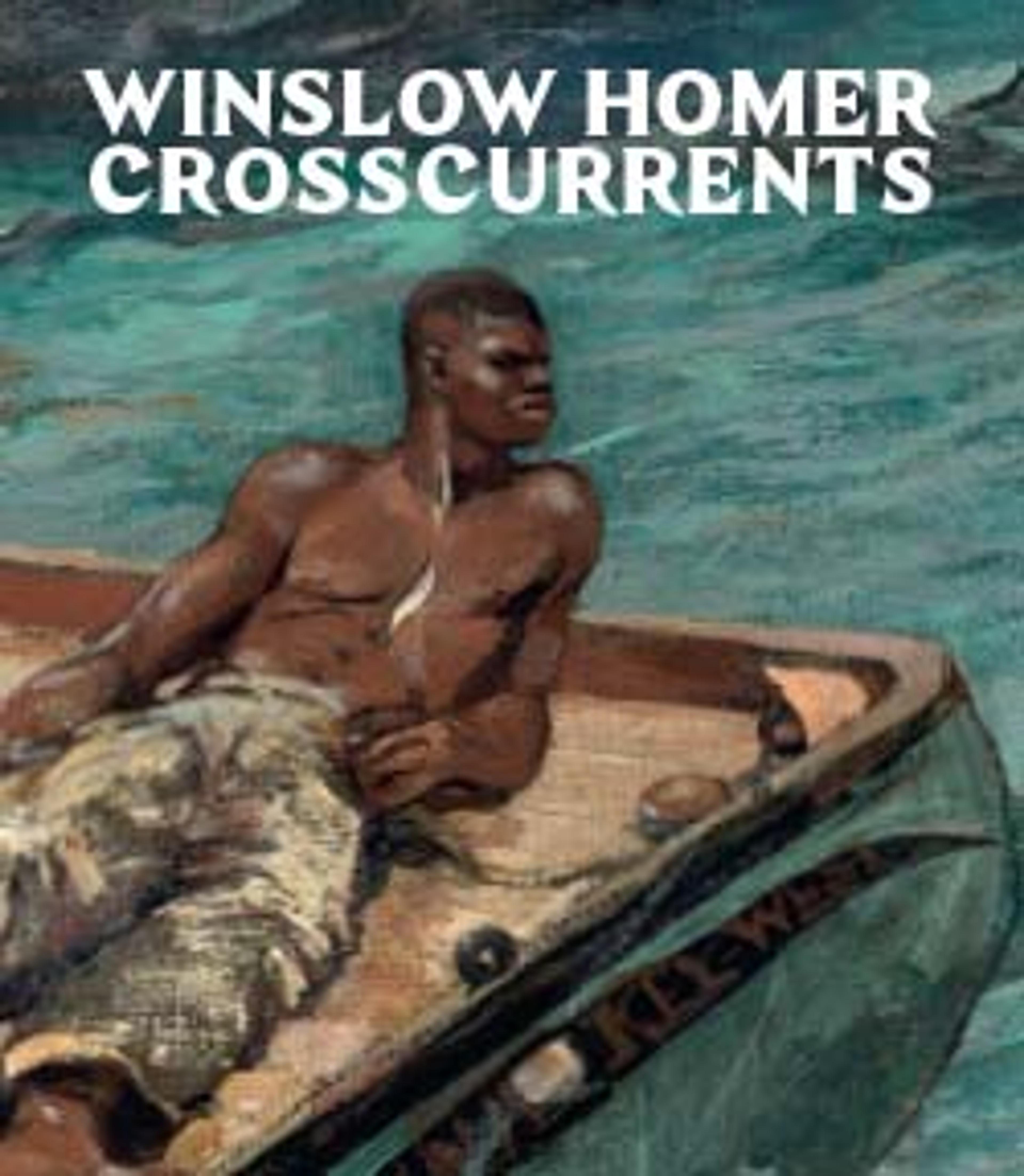The Bather
During his second visit to the Bahamas in 1898–99, Homer, then sixty-two years old, seems to have reveled in depicting the bodies of vigorous Black men glistening in warm water and sunlight. It is significant that Homer foregrounded these individuals’ strength and sensuality in his art, especially in the context of the Bahamas, which were promoted as a respite for sickly White tourists to regain their health. Inherent in the images is a tension related to racial politics and class disparities, as the older White artist recorded the robust young Black men. This apparent moment of leisure is situated beneath the Union Jack, an intentional reminder of the Bahamas’ position as a British Crown colony.
Artwork Details
- Title: The Bather
- Artist: Winslow Homer (American, Boston, Massachusetts 1836–1910 Prouts Neck, Maine)
- Date: 1899
- Culture: American
- Medium: Watercolor and graphite on off-white wove paper
- Dimensions: 14 7/16 x 21 1/16 in. (36.7 x 53.5 cm)
Framed: 24 1/2 x 30 1/2 in. (62.2 x 77.5 cm) - Credit Line: Amelia B. Lazarus Fund, 1910
- Object Number: 10.228.8
- Curatorial Department: The American Wing
More Artwork
Research Resources
The Met provides unparalleled resources for research and welcomes an international community of students and scholars. The Met's Open Access API is where creators and researchers can connect to the The Met collection. Open Access data and public domain images are available for unrestricted commercial and noncommercial use without permission or fee.
To request images under copyright and other restrictions, please use this Image Request form.
Feedback
We continue to research and examine historical and cultural context for objects in The Met collection. If you have comments or questions about this object record, please contact us using the form below. The Museum looks forward to receiving your comments.
